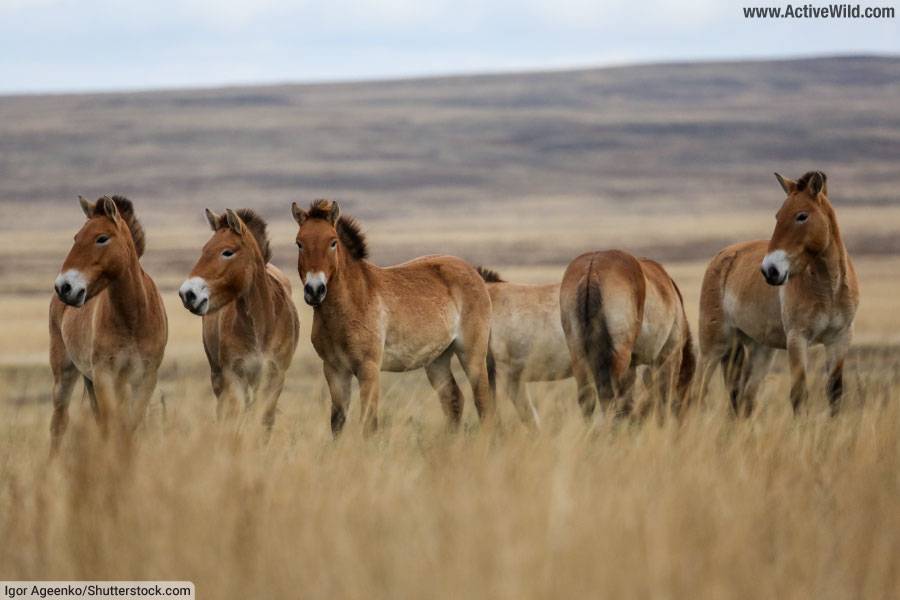
A list of animals with the conservation status “extinct in the wild” in 2024, with pictures and facts…
Page Index
What is an animal that is “extinct in the wild”?
An animal that is extinct in the wild is a species that no longer exists in its natural habitat, but continues to survive in captivity, such as in zoos, wildlife reserves, or other controlled environments.
These animals are only found in artificial settings where humans provide for their basic needs, including food, shelter, and protection from predators. The survival of these species is completely dependent on human conservation efforts.
“Extinct in the Wild” is one of several ratings used by the International Union for Conservation of Nature (IUCN) (website) and other conservation organizations to rate the level of threat faced by species.
Other ratings for threatened species include “Vulnerable”, “Endangered” and “Critically Endangered”.
You can see examples of endangered, critically endangered, and extinct animals on these pages:
- List Of Endangered Animals
- List Of Critically Endangered Animals
- List Of Recently Extinct Animals
- Animals That Went Extinct In 2023
Reintroduction Attempts
In some cases, reintroduction programs are undertaken to try and return animals that are extinct in the wild to their natural habitats.
However, this is often a complex and challenging process, requiring careful planning to ensure the animals can adapt to the wild and that the ecosystem is able to support them.
The success of such efforts varies, but they represent a critical attempt to restore ecological balance and save species from complete extinction.
Examples of animals that were once extinct in the wild but that have been reintroduced include Przewalski’s horse and the black-footed ferret.

- Przewalski’s horse, a wild horse species native to the Central Asian steppes, was classified Extinct in the Wild by the IUCN in 1996. The species was subsequently successfully re-introduced to its native habitat in Mongolia. Today, its population, although small, is increasing. (Find out more about Przewalski’s horse.)
- Another animal once designated extinct in the wild and subsequently re-introduced is the black-footed ferret. The project was not entirely successful, with only a handful of several reintroduced populations becoming self-sustaining. (Find out more about the black-footed ferret.)
There are plans to reintroduce several of the extinct in the wild animals listed below.
List Of Animals That Are Extinct In The Wild
Alagoas Curassow
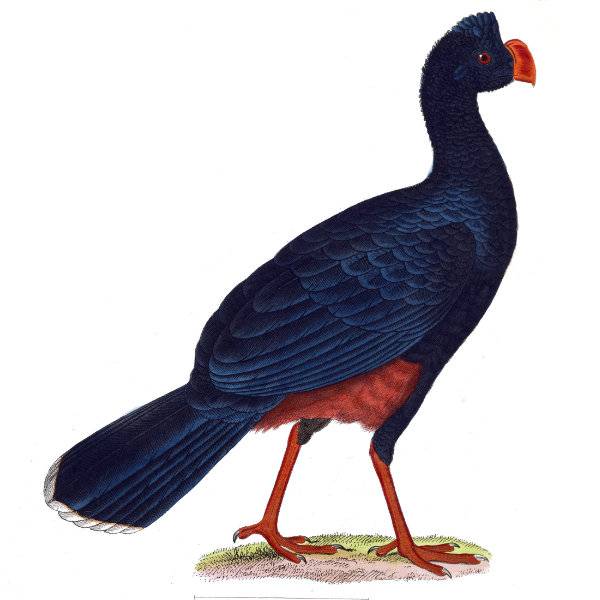
- Scientific name: Mitu mitu
- Type of animal: Bird
- Where found: South America
- Reason for extinction: Habitat loss & overhunting
The Alagoas Curassow is a striking bird once native to northeastern Brazil. Around 70-90 cm / 27.5 to 35.5 inches in length, the species is known for its glossy black plumage, which contrasts with its rich chestnut belly and undertail. It has a distinctive, curved yellow beak and a prominent crest of feathers on its head.
The Alagoas Curassow is extinct in the wild primarily due to habitat destruction and hunting. Around 100 individuals are currently being kept in captivity, and reintroductions are being planned.
Black Kokanee / Kunimasu
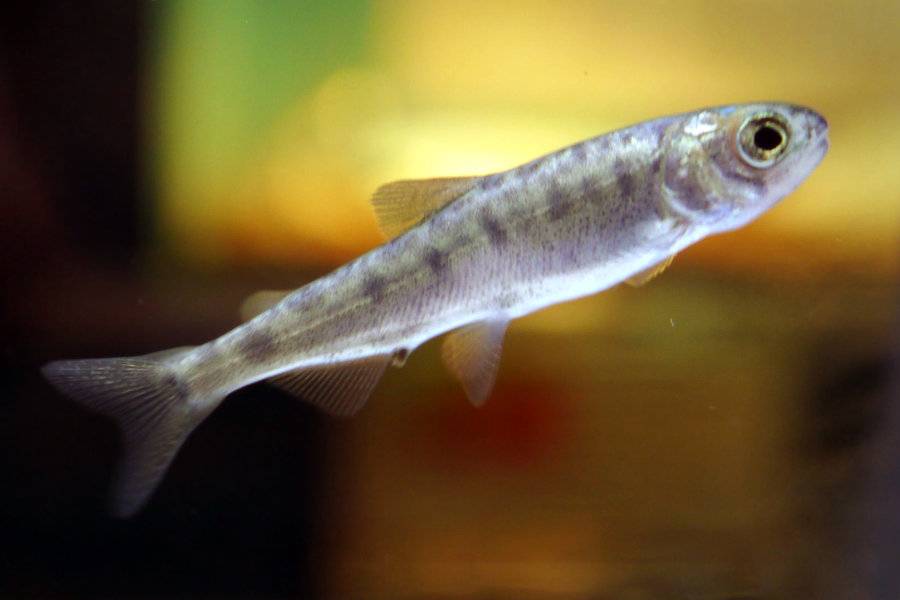
- Scientific name: Oncorhynchus kawamurae
- Type of animal: Fish
- Where found: Asia (Japan)
- Reason for extinction: Pollution
The Black Kokanee, also known as the Kunimasu, is a rare freshwater fish, once native to Lake Tazawa in Japan. This species, a variant of the sockeye salmon, is distinguished by its smaller size, typically measuring about 20 cm / 8 inches in length.
The Japanese fish has a distinctive dark coloration, ranging from deep blue to almost black, with a silvery underbelly. It thrives in cold, clear waters and was once a vital part of the local aquatic ecosystem.
The Black Kokanee became extinct in the wild after acidic water from the Tama River was introduced to Lake Tazawa as a result of a hydroelectric scheme.
The species survives in Lake Saiko, where it was introduced in an attempt to save it from extinction.
Captain Cook’s Bean Snail
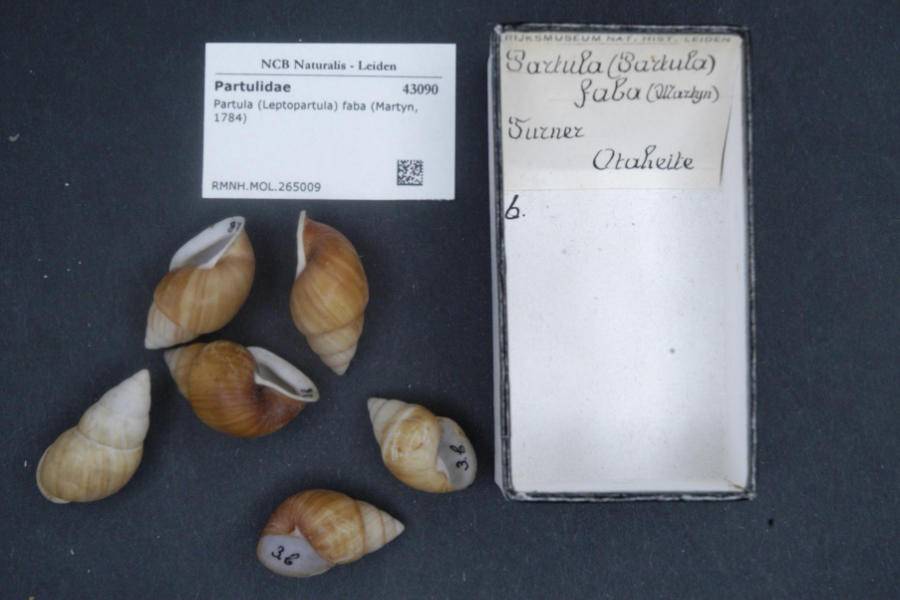
- Scientific name: Partula faba
- Type of animal: Gastropod
- Where found: Polynesia
- Note: now extinct
- Reason for extinction: Introduction of non-native predator
Captain Cook’s Bean Snail is a small snail species that was once found on the islands Raiatea and Tahaa, both part of the Society Islands archipelago. The snail was collected on one of explorer Captain James Cook’s famous voyages and subsequently named by zoologist Thomas Martyn.
Captain Cook’s Bean Snail is a tropical land snail native to the islands Raiatea and Tahaa, both of which belong to the Society Islands archipelago in French Polynesia.
The snail, like many of its relatives in the Partulidae family, faced significant decline due to habitat loss and the introduction of non-native predatory species, in particular the carnivorous Rosy wolfsnail Euglandina rosea.
Attempts were made to save Captain Cook’s Bean Snail by both Bristol and Edinburgh zoos. Sadly, both were unsuccessful, and the last known specimen died on 21st February 2016.
Christmas Island Blue-Tailed Shinning-Skink
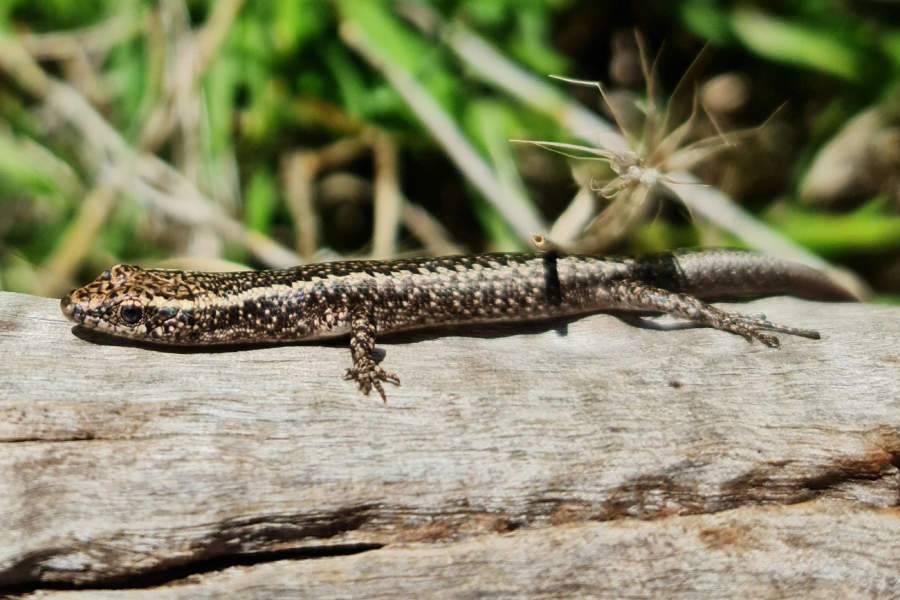
- Scientific name: Cryptoblepharus egeriae
- Type of animal: Reptile
- Where found: Asia
- Reason for extinction: Introduction of non-native species
The Christmas Island Blue-Tailed Skink is a distinctive and brightly colored lizard native to Christmas Island in the Indian Ocean.
This small skink is renowned for its vibrant blue tail, which starkly contrasts with its brown and grey body.
Due to invasive species and habitat loss, this distinctive reptile is now rated extinct in the wild and survives only through dedicated conservation efforts in captivity.
A reintroduction program has been underway since 2019, with 300 Christmas Island blue-tailed skinks being released on Pulu Blan, a small island in the Cocos Islands archipelago.
Dabry’s Sturgeon / Yangtze Sturgeon
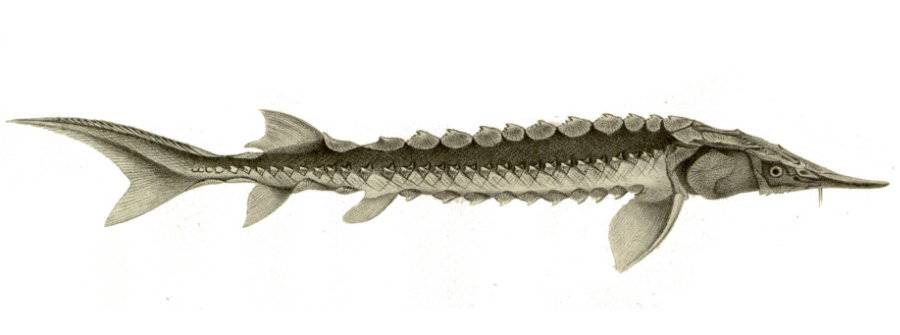
- Scientific name: Acipenser dabryanus
- Type of animal: Fish
- Where found: Asia (Yangtze River, China)
- Reason for extinction: Habitat fragmentation, pollution
Dabry’s Sturgeon, also known as the Yangtze Sturgeon, is a freshwater fish indigenous to the Yangtze River in China.
This Asian species can grow up to 2.5 meters / 8.2 ft. in length, and has an elongated, spindle-shaped body with a greyish-brown back, lighter belly, and rows of bony plates along its sides.
Dabry’s Sturgeon is known for its late maturity and long lifespan. Unfortunately, due to overfishing, pollution, and habitat fragmentation, in particular that caused by dam construction, the species is extinct in the wild and relies on conservation programs for survival.
Guam Kingfisher
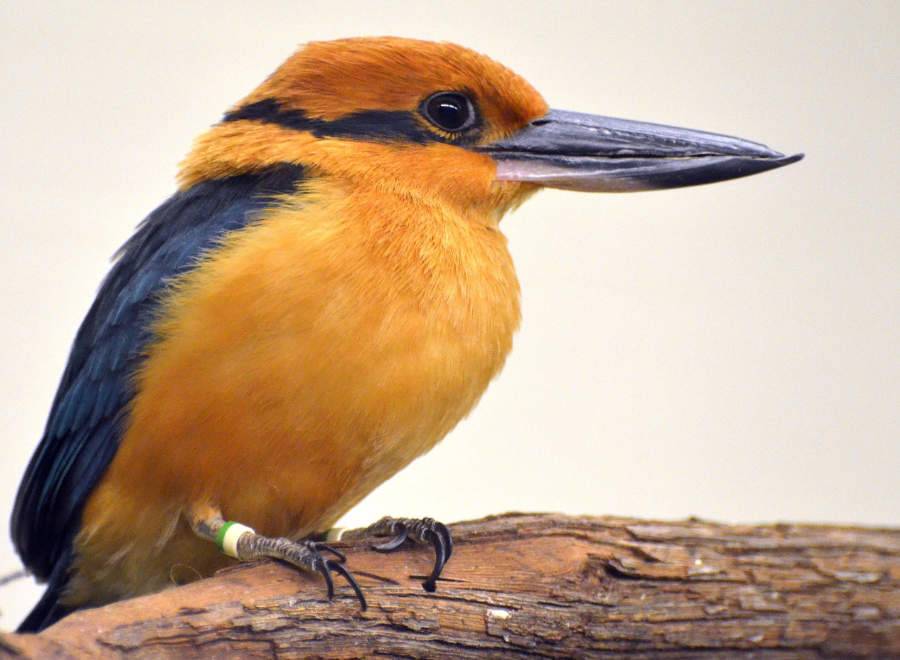
- Scientific name: Todiramphus cinnamominus
- Type of animal: Bird
- Where found: Guam
- Reason for extinction: Introduction of non-native predator
The Guam kingfisher, also known as the sihek, is a brightly colored bird native to Guam, a U.S. island territory in the Western Pacific.
The species has a vivid turquoise plumage with rusty-orange (male) or white (female) underparts and large, white-banded black bill. The small to medium-sized kingfisher is around 23 cm / 9 inches in length, and has a loud, piercing call – a sound that may never again be heard in the wild.
The Guam kingfisher was historically found in the forests of Guam, but became extinct in the wild due to predation by the invasive brown tree snake.
Efforts to breed and reintroduce the kingfisher are ongoing, with the bird currently surviving only in captive breeding programs.
Hawaiian Crow
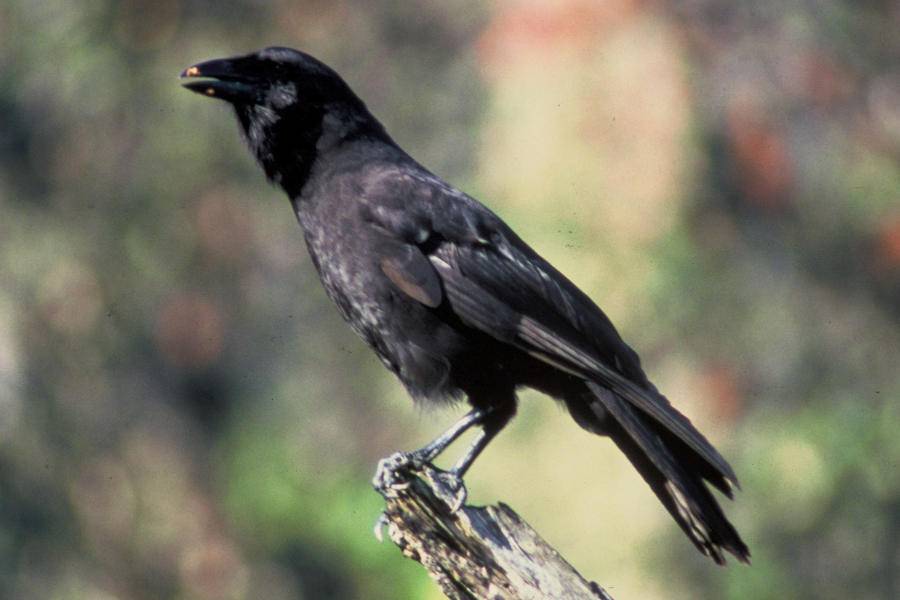
- Scientific name: Corvus hawaiiensis
- Type of animal: Bird
- Where found: Hawaii
- Reason for extinction: Habitat loss and introduced diseases
Once native to the Hawaiian Islands, the Hawaiian crow is all black and distinguished from other crow species by its stout bill, rounded wings and distinct call. The species in known for its intelligence, and has been observed using tools such as sticks to extract food from holes.
Habitat loss and introduced diseases such as Avian malaria and fowlpox led to its extinction in the wild in the early 2000s.
Conservation programs, including captive breeding and reintroduction efforts, are in place to save this species from total extinction.
Marbled Swordtail
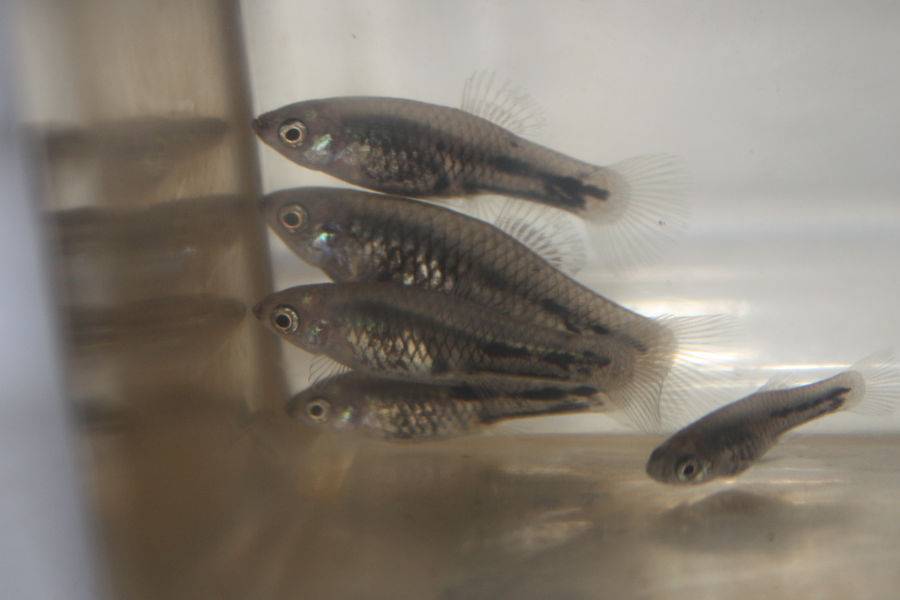
- Scientific name: Xiphophorus meyeri
- Type of animal: Fish
- Where found: Africa
- Reason for extinction: Habitat loss
The marbled swordtail is a freshwater fish once found in West Africa. Like other swordtails of genus Xiphophorus, it is known for its elongated, sword-like tail extension, which is particularly prominent in males.
The species was found in slow-moving or still waters in the Rio Salado system of northern Mexico. Water extraction for the mining industry caused the loss of the fish’s natural habitat.
The species was last recorded in the wild in 1997, and today is only found in captivity. Specimens are kept at Texas State University’s Xiphophorus Genetic Stock Center (website) and several other aquariums and universities.
Moorean Viviparous Tree Snail / Sutural Partula
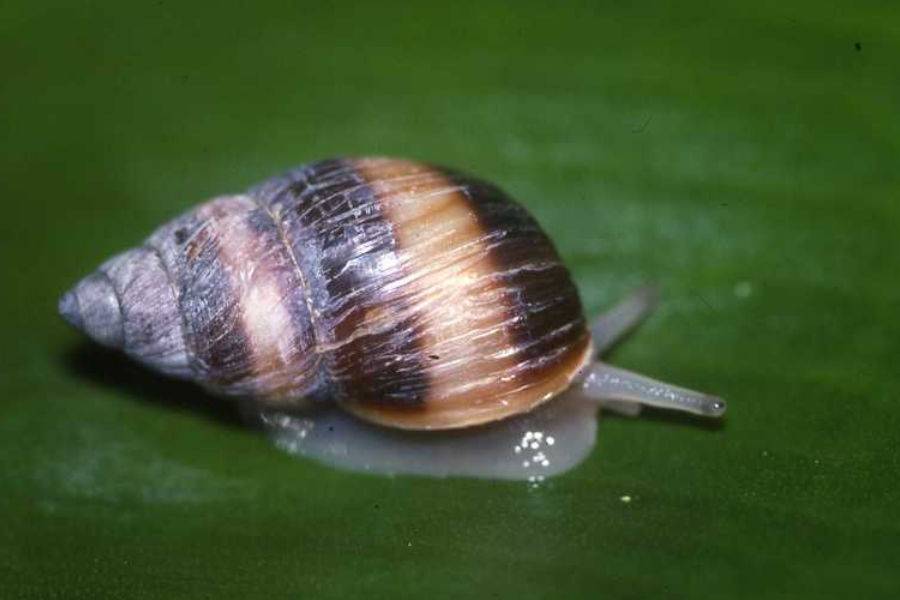
- Scientific name: Partula suturalis
- Type of animal: Gastropod
- Where found: Society Islands
- Reason for extinction: Introduction of non-native predator
The Moorean viviparous tree snail, also known as sutural partula, is a species of snail once native to the island of Moorea in French Polynesia.
The species lived in trees, and was air-breathing and viviparous (giving birth to live young).
The Moorean viviparous tree snail is extinct in the wild due to the introduction of the non-native, carnivorous rosy wolfsnail to the island in 1977.
In just ten years, the Moorean viviparous tree snail, and several other native snails, were wiped out.
The rosy wolfsnail was introduced to control the population of the giant African land snail, Lissachatina fulica, another introduced species.
Kihansi Spray Toad
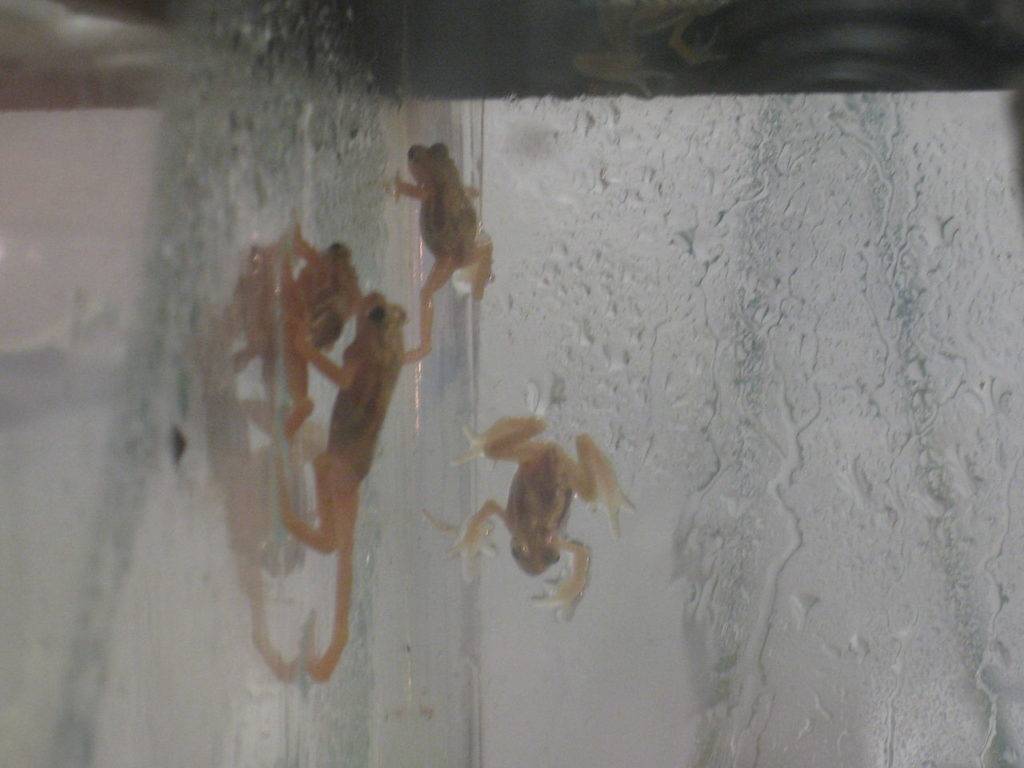
- Scientific name: Nectophrynoides Asperginis
- Type of animal: Amphibian
- Where found: Africa
- Reason for extinction: Habitat destruction
The Kihansi spray toad is a toad once found in the Eastern Arc Mountains of Tanzania.
The species is small, with distinctively rough skin and typically brown or greenish in color, helping it blend into the forest floor. Unlike many amphibians, the Kihansi spray toad is viviparous (giving birth to live young). Its eggs develop into miniature adults without a tadpole stage.
The Kihansi spray toad was found in an area of less than two hectares in the Kihansi Gorge. It lived in the spray produced by the Kihansi Falls.
The construction of a dam upstream reduced the river’s flow to around 10% of its original power. Despite the introduction of sprinklers to produce artificial spray, the damage to the toad’s habitat was catastrophic and the amphibian was determined to be extinct in the wild in 2009.
Reintroduction schemes are ongoing.
Père David’s Deer
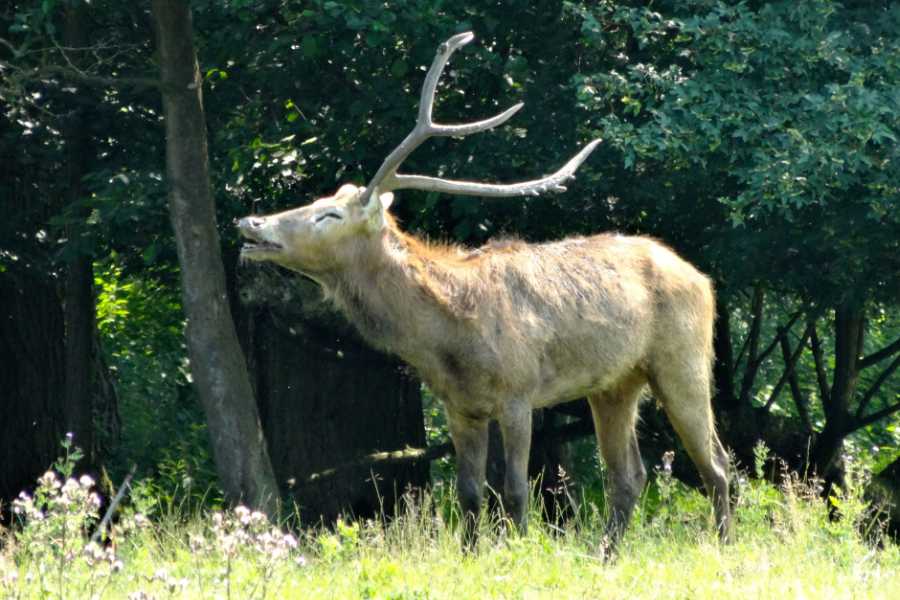
- Scientific name: Elaphurus davidianus
- Type of animal: Mammal
- Where found: Asia (China)
- Reason for extinction: Overhunting and habitat loss
Père David’s Deer is a large deer species native to river valleys and inland wetlands in subtropical China. The species is up to 2.2 meters / 7.2 ft. in length and 1.2 m / 4 ft. tall at the shoulder and has a shaggy coat of reddish-brown hair and long, branching antlers.
Père David’s Deer became extinct in the wild due to habitat loss and overhunting.
Reintroductions began in the late 20th century, with all living individuals being descended from deer saved from extinction by English politician Herbrand Russell, 11th Duke of Bedford.
Socorro Dove
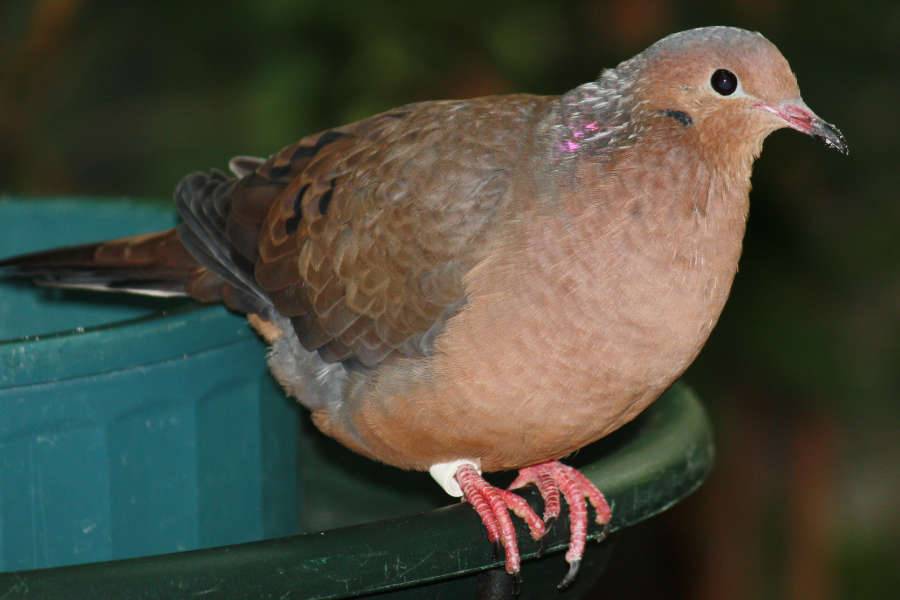
- Scientific name: Zenaida graysoni
- Type of animal: Bird
- Where found: North America (Socorro Island, Mexico)
- Reason for extinction: Introduction of non-native predators
Once native to Socorro Island, Mexico, the Socorro dove is now extinct in the wild. Closely related to the mourning dove, the Socorro dove has a plumage of rich, warm browns with a violet-blue sheen on the neck and upper chest. The dove is around 31 cm / 12 inches long and has distinctive red legs and a black bill.
The Socorro dove became extinct due to a combination of factors, including the introduction of cats to the island, hunting, and the grazing of foliage by sheep.
Conservation efforts, including captive breeding programs, aim to eventually reintroduce the dove to its natural habitat.
Socorro Isopod / Socorro Sowbug

- Scientific name: Thermosphaeroma thermophilum
- Type of animal: Crustacean
- Where found: North America (New Mexico, USA)
- Reason for extinction: Habitat loss
The Socorro isopod is a terrestrial crustacean native to the thermal waters of the Sedillo Spring in Socorro County, New Mexico.
Reaching a maximum length of 7.1 mm / 0.28 in., the Socorro isopod has a segmented, armored body typical of isopods, a group of crustaceans that includes woodlice and related species.
Following the diversion of the spring waters in 1947, the Socorro isopod’s range was limited to a single water pipeline. In 1988, a tree root obstructed the flow of water, causing the extinction of the species’ entire wild population.
Fortunately, the University of New Mexico was home to a captive population of Socorro isopods, and the species has been re-introduced into what remains of its native habitat.
The Socorro isopod was assessed as being extinct in the wild in 1996. This assessment may now be out of date, as the species’ reintroduction is believed to have been a success.
Spix’s Macaw
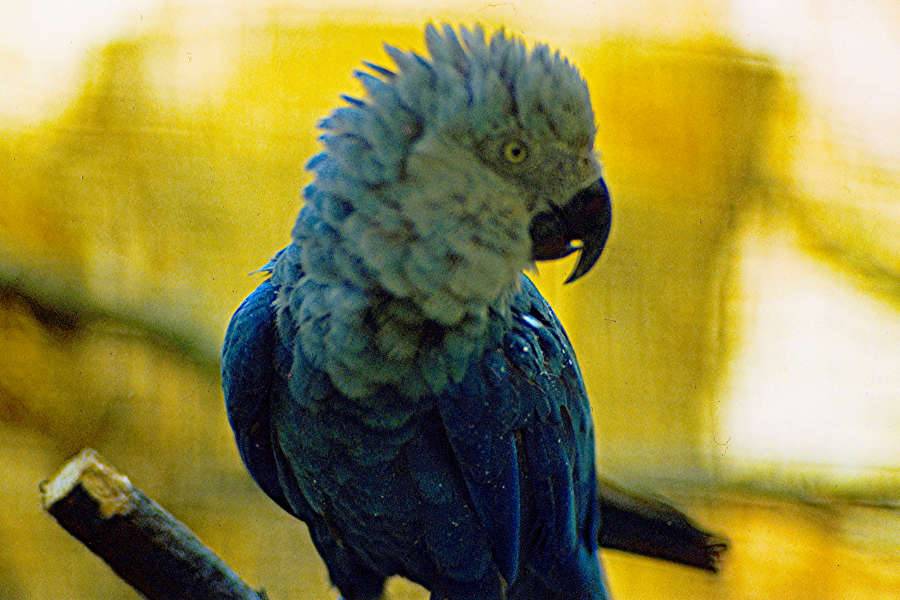
- Scientific name: Cyanopsitta spixii
- Type of animal: Bird
- Where found: South America
- Reason for extinction: Deforestation / trapping for pet trade
Known for its striking blue feathers and grayish head, Spix’s Macaw is a mid-sized parrot that, prior to becoming extinct in the wild, was native to Brazil.
Also known as the little blue macaw, the species was last found on the banks of the São Francisco River in the state of Bahia. The bird is believed to have formerly occupied a larger range.
The two main causes of the extinction of Spix’s Macaw are deforestation and trapping for the pet trade.
Conservation efforts, including breeding programs, are in place, and Spix’s Macaw is currently being reintroduced into the wild. In October 2023, two Spix’s Macaw chicks are reported to have been born in the wild from reintroduced birds.
Wyoming Toad
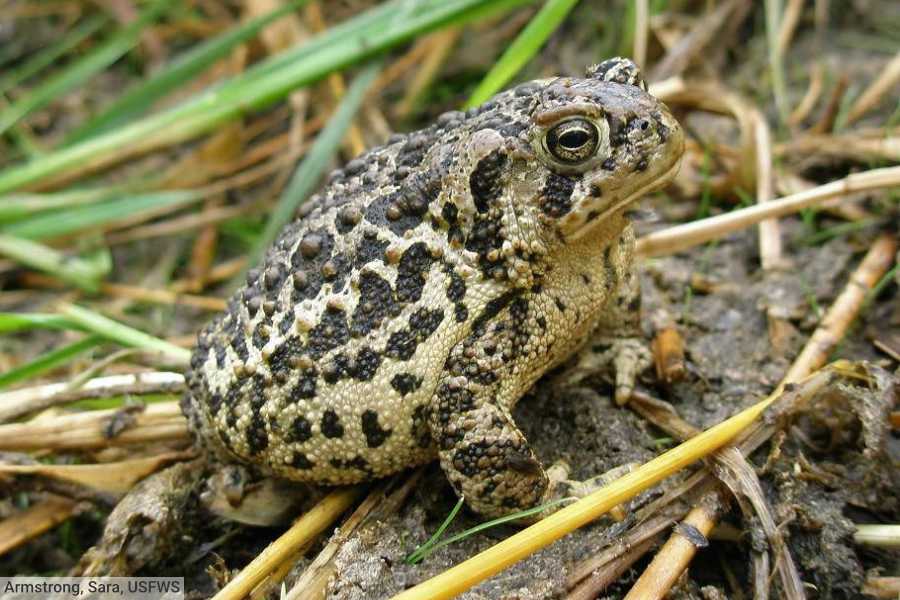
- Scientific name: Anaxyrus baxteri
- Type of animal: Amphibian
- Where found: North America
- Reason for extinction: Disease, pollution, habitat loss
The Wyoming toad, also known as Baxter’s toad, is a small, stocky toad, native to the Laramie Basin in Wyoming, USA. The species is one of North America’s most endangered amphibians.
The Wyoming toad has a distinctive dark-brown to grayish-green color with darker blotching. Adults grow to about 5 to 6 cm / 2 to 2.3 inches in length.
Until the 1970’s the Wyoming Toad was common, living in found in floodplains, pools and other bodies of water. It faced drastic declines due to habitat loss, pesticides, and the amphibian chytrid fungus, a disease that has caused the extinction of numerous amphibians worldwide.
Now extinct in the wild, the Wyoming toad survives in captive breeding programs and reintroduction efforts are underway to restore its population.
Links & Further Reading
Visit the IUCN’s Red List site for current conservation information: site
You can see a list of animals that went extinct in 2023 on this page: Animals That Went Extinct In 2023
You can see a list of endangered animals on this page: Endangered Animals
You can see a list of critically endangered animals on this page: Critically Endangered Species
The post Animals That Are Extinct In The Wild 2024 List appeared first on Active Wild.